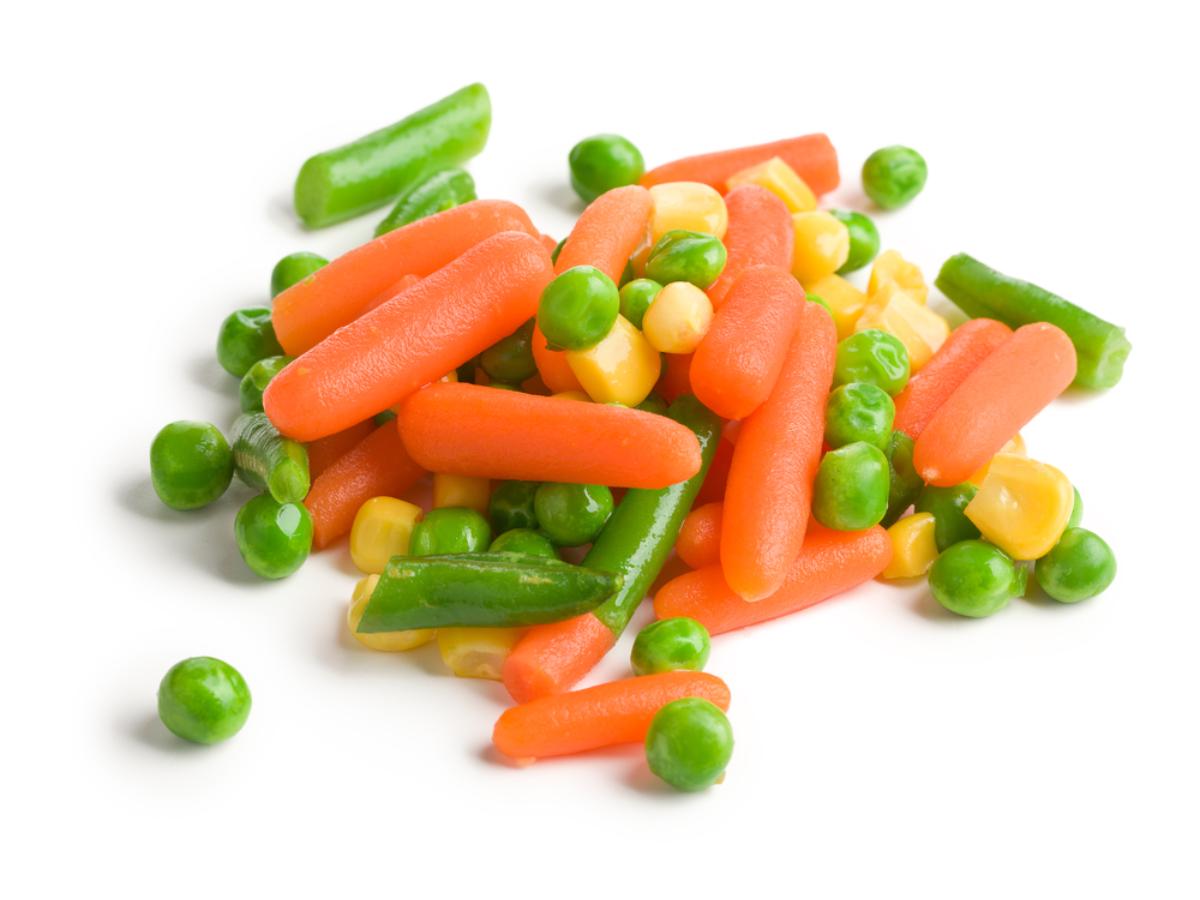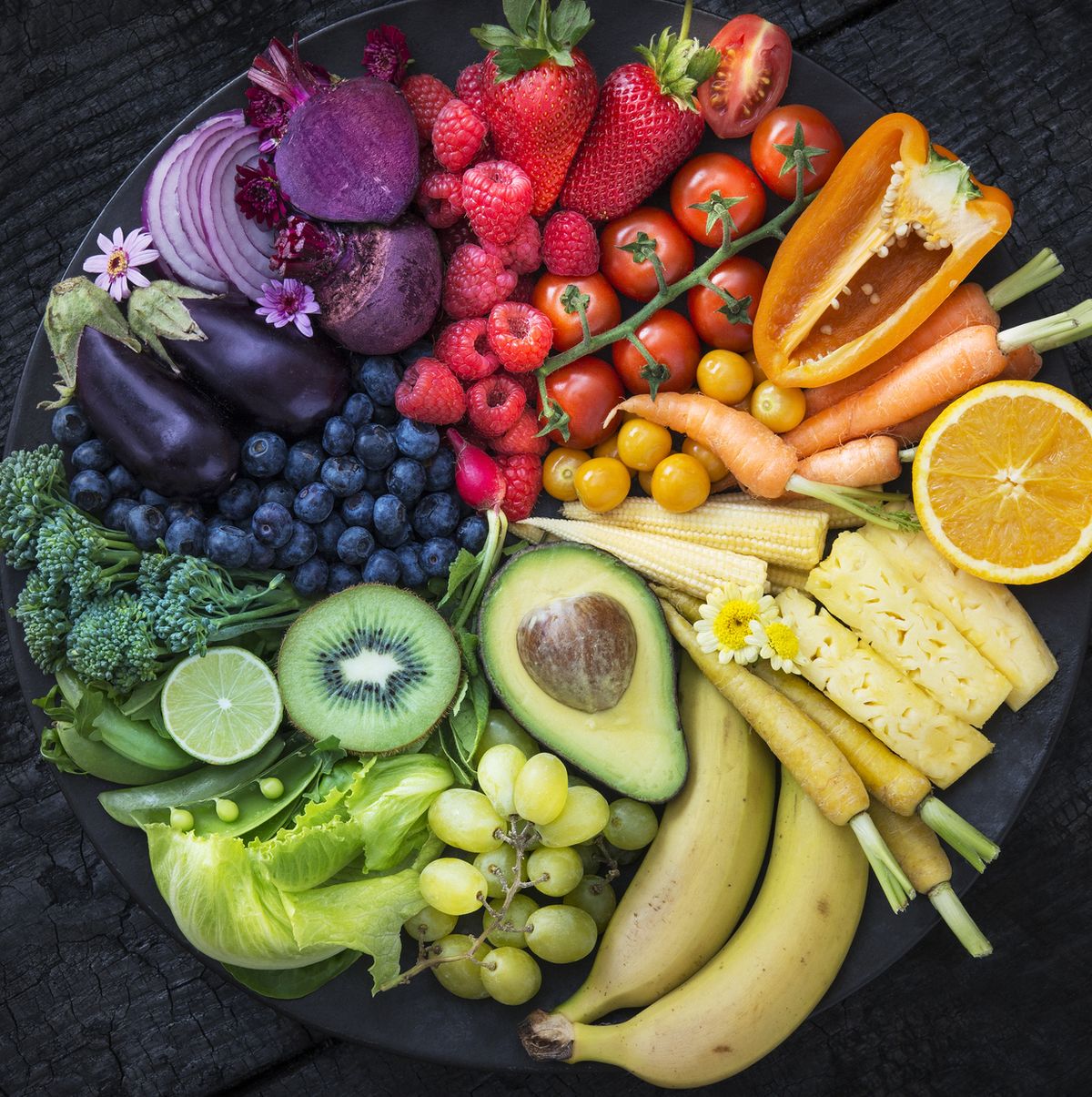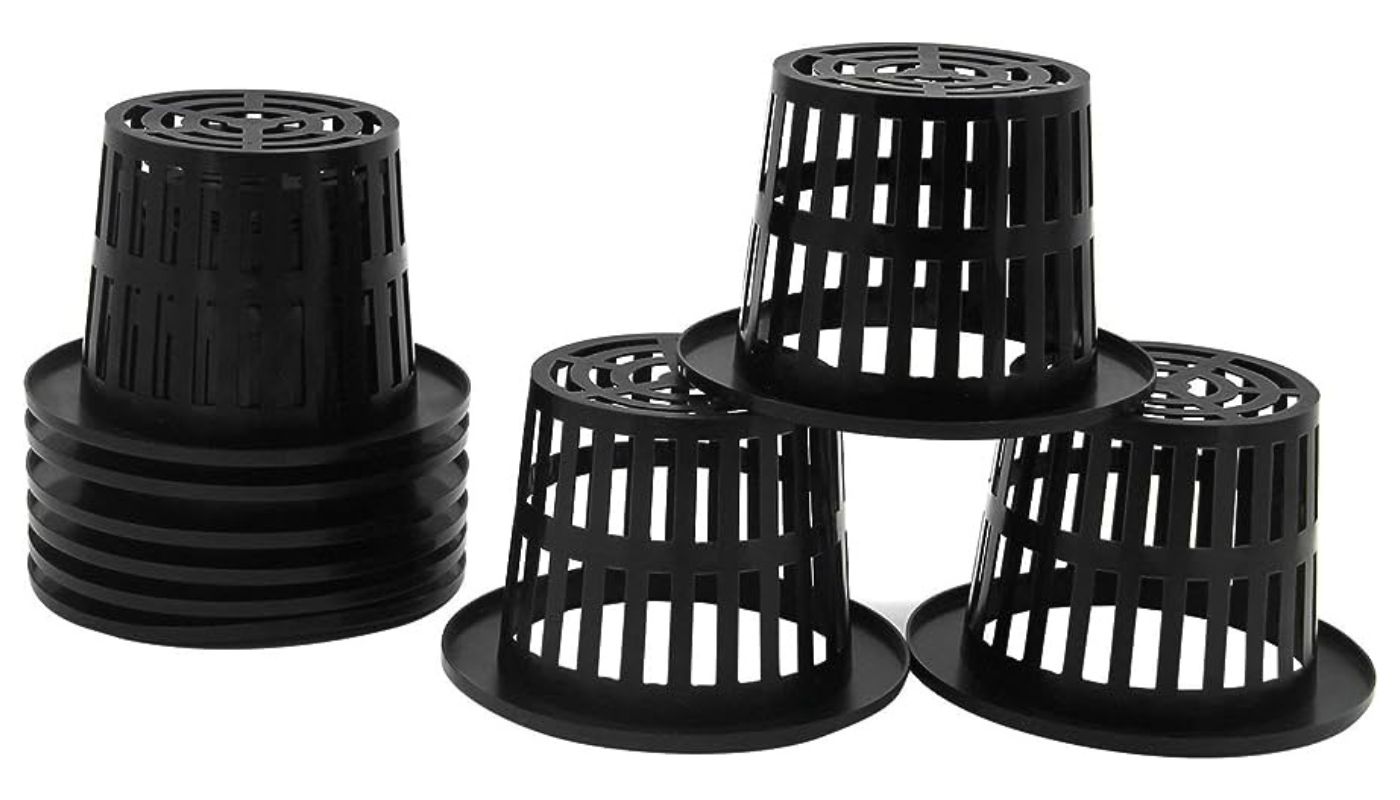Home>Gardening News and Trends>Latest News>How Many Calories In A Cup Of Mixed Vegetables


Latest News
How Many Calories In A Cup Of Mixed Vegetables
Modified: January 22, 2024
Looking for the latest news on how many calories are in a cup of mixed vegetables? Discover the nutritional facts and health benefits of this popular vegetable dish.
(Many of the links in this article redirect to a specific reviewed product. Your purchase of these products through affiliate links helps to generate commission for Chicagolandgardening.com, at no extra cost. Learn more)
Table of Contents
Introduction
Mixed vegetables are a popular and nutritious addition to any well-balanced diet. They not only provide a variety of flavors and textures but also offer a wide range of essential nutrients that are beneficial for our overall health. From vibrant bell peppers to crisp green beans, mixed vegetables can be found in various forms and combinations, making them a versatile and convenient choice for many meals.
Whether you’re looking to lose weight, improve your digestive health, or simply add more veggies to your plate, understanding the calorie content of mixed vegetables is crucial. Knowing how many calories are in a cup of mixed vegetables can help you make informed dietary choices and manage your calorie intake effectively.
In this article, we will explore the nutritional composition of mixed vegetables, delve into the calorie content of different varieties, discuss the factors that can affect their calorie content, and highlight the benefits of incorporating them into your diet.
So, if you’re curious about the calorie count of mixed vegetables and want to learn more about their nutritional value, keep reading!
Nutritional Composition of Mixed Vegetables
Mixed vegetables are an excellent source of essential vitamins, minerals, and dietary fiber, making them a nutritious addition to any diet. They are typically low in calories and fat while being rich in antioxidants and other beneficial plant compounds. The specific nutritional composition may vary slightly depending on the combination of vegetables used, but most mixed vegetables provide a similar range of nutrients.
One cup (approximately 150 grams) of mixed vegetables typically contains:
- Calories: Approximately 40-50 calories
- Carbohydrates: Around 8-10 grams
- Protein: About 2-3 grams
- Fat: Less than 1 gram
- Fiber: Roughly 3-4 grams
- Vitamin A: Significant amounts, particularly in vegetables like carrots and sweet potatoes
- Vitamin C: A good source of vitamin C, found in vegetables such as bell peppers and broccoli
- Potassium: A decent amount, especially in vegetables like peas and green beans
- Folate: A small but meaningful contribution to your daily folate needs
Mixed vegetables also provide a variety of micronutrients like vitamin K, vitamin E, and magnesium, which are important for maintaining healthy bodily functions.
The fiber content in mixed vegetables helps support healthy digestion, aids in weight management, and promotes feelings of fullness. Additionally, the combination of vitamins and minerals found in mixed vegetables supports immune function, promotes healthy skin, and contributes to overall well-being.
It’s important to note that the nutrient composition may vary slightly based on the cooking method. Steaming or lightly sautéing vegetables can help preserve their nutritional value, while boiling or overcooking them may lead to nutrient loss. By incorporating a variety of mixed vegetables into your meals, you can ensure you’re getting a diverse array of essential nutrients.
Calories in Different Mixed Vegetable Varieties
When it comes to the calorie content of mixed vegetables, it’s essential to consider the specific combination of vegetables used. Different vegetable varieties have varying calorie counts due to their unique nutrient profiles and water content. Here are some examples of the calorie content in different mixed vegetable varieties:
- Classic mixed vegetables: A blend of commonly used vegetables like carrots, peas, corn, and green beans typically contains around 60-80 calories per cup.
- Stir-fry vegetables: This combination often includes colorful veggies like bell peppers, broccoli, mushrooms, and snow peas. A cup of stir-fry vegetables typically provides around 50-70 calories.
- Mediterranean mix: This mix may contain zucchini, eggplant, tomatoes, and onions. A cup of Mediterranean mixed vegetables generally contains about 40-60 calories.
- Asian-style blend: A mix of bok choy, water chestnuts, baby corn, and bamboo shoots can range from 30-50 calories per cup.
Keep in mind that these calorie counts are approximate and can vary based on the specific brands or homemade preparations. Additionally, if the mixed vegetables are cooked or seasoned with oils, sauces, or dressings, the calorie content may increase.
When planning your meals, it’s helpful to refer to nutrition labels or online resources for more precise information on the calorie content of specific mixed vegetable blends. This can assist you in portion control and tracking your calorie intake for weight management or dietary purposes.
Remember, mixed vegetables are generally low in calories compared to other food groups, making them an excellent choice for those looking to maintain a healthy weight or reduce calorie consumption without sacrificing nutritional value.
Factors Affecting Calorie Content in Mixed Vegetables
The calorie content in mixed vegetables can vary due to several factors. While the specific combination of vegetables plays a significant role, other factors can also influence the calorie count. Here are some factors that can affect the calorie content in mixed vegetables:
- Vegetable Variety: Different vegetables have varying calorie counts. For example, starchy vegetables like corn and peas have higher calorie content compared to non-starchy vegetables like broccoli and bell peppers.
- Ripeness and Maturity: The ripeness and maturity of vegetables can impact their calorie content. Generally, less ripe vegetables tend to have fewer calories compared to fully ripe ones.
- Preparation Method: The way mixed vegetables are prepared can affect their calorie content. Boiling or frying vegetables in oil may increase their calorie count, while steamed or raw vegetables are generally lower in calories.
- Seasonings and Dressings: Adding seasonings, sauces, or dressings to mixed vegetables can significantly increase their calorie content. Creamy dressings or butter-based sauces are higher in calories compared to lighter options like lemon juice or herbs.
- Added Ingredients: Sometimes, additional ingredients like cheese, nuts, or croutons are mixed with vegetables, which can contribute to the overall calorie count. These additions should be considered when calculating the calorie content of mixed vegetables.
- Serving Size: The amount of mixed vegetables consumed determines the calorie intake as well. While one cup is a common serving size, portioning can vary, impacting the total calorie consumption.
To get a more accurate estimate of the calorie content in mixed vegetables, it is advisable to use online nutrition calculators or reference nutrition labels of specific brands or ingredients.
By being mindful of these factors and making conscious choices about the cooking method, seasonings, and portion size, you can control the calorie content of your mixed vegetable dishes and align them with your dietary goals.
Benefits of Including Mixed Vegetables in Your Diet
Including a variety of mixed vegetables in your diet offers numerous health benefits. These colorful and nutrient-rich foods can enhance your overall well-being in several ways:
- Rich in Essential Nutrients: Mixed vegetables provide a wide range of vitamins, minerals, and antioxidants that are essential for optimal health. They offer a diverse array of nutrients such as vitamin A, vitamin C, potassium, and fiber, which support immune function, bone health, and digestion.
- Weight Management: Since mixed vegetables are low in calories and high in fiber, they can promote weight management. The fiber content helps to increase satiety and reduce overall calorie intake, making it easier to maintain a healthy weight.
- Heart Health: The combination of nutrients found in mixed vegetables, such as potassium and fiber, can contribute to heart health. These nutrients help regulate blood pressure, reduce cholesterol levels, and support proper cardiovascular function.
- Digestive Health: The high fiber content in mixed vegetables promotes proper digestion and helps prevent constipation. Including a variety of vegetables in your meals can improve gut health and support a healthy digestive system.
- Antioxidant Powerhouse: Mixed vegetables are packed with antioxidants, which help protect cells from damage caused by free radicals. These antioxidants, such as beta-carotene, vitamin C, and vitamin E, play a crucial role in reducing inflammation, boosting the immune system, and preventing chronic diseases.
- Hydration and Detoxification: Many mixed vegetables have a high water content, which can contribute to hydration. Additionally, the presence of water and fiber in these vegetables aids in detoxification by promoting regular bowel movements and flushing out toxins from the body.
- Versatility and Culinary Pleasure: Mixed vegetables offer versatility in cooking, allowing you to explore various flavors, textures, and culinary combinations. Whether you enjoy them raw in salads, steamed as a side dish, or incorporated into stir-fries and soups, mixed vegetables can make your meals more enjoyable and satisfying.
By incorporating a variety of mixed vegetables into your daily diet, you can reap the nutritional benefits they offer. Aim to consume a colorful assortment of vegetables regularly to maximize their healthful advantages and support overall well-being.
Conclusion
Mixed vegetables are an excellent addition to your diet, offering a wide range of nutritional benefits. With their low calorie content, high fiber content, and abundance of essential vitamins and minerals, they can support weight management, promote digestive health, and contribute to overall well-being.
When considering the calorie content of mixed vegetables, it’s important to account for the specific combination of vegetables, the preparation method, and any added ingredients or seasonings. By being mindful of these factors, you can make informed choices about portion sizes and cooking techniques to align with your dietary goals.
Incorporating a variety of mixed vegetables into your meals not only adds visual appeal and flavor but also diversifies your nutrient intake. From classic blends to specialty combinations, there are endless possibilities to explore, ensuring you never grow bored with your vegetable options.
Remember, mixed vegetables are versatile and can be enjoyed in various ways, including raw, steamed, sautéed, or incorporated into your favorite recipes. Experiment with different combinations to discover your personal preferences and incorporate them into your daily meals for optimal health benefits.
So the next time you’re planning your meals, consider including a generous portion of mixed vegetables to enhance the nutritional quality of your plate. Your body will thank you for the vitamins, minerals, and fiber they provide, helping you feel energized and nourished throughout the day.







